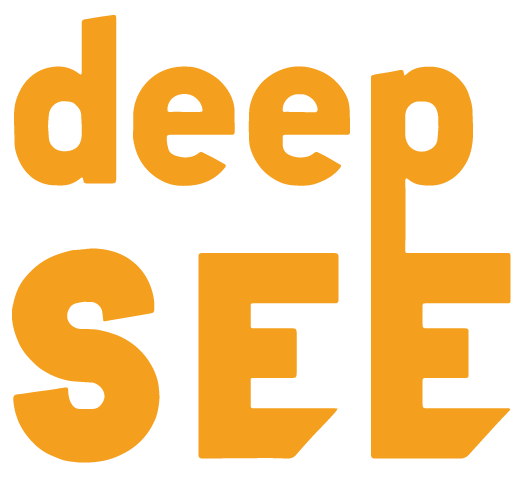Episode 92:
The Platinum Rule: More Effective Than the Golden Rule
What You Will Learn:
- How the Golden Rule of “do unto others as you would want them to do unto you” needs to give way to the Platinum Rule, “do unto others as they would want done unto them”
- How oftentimes people struggle to let go of the Golden Rule and embrace the Platinum Rule, especially in terms of Diversity, Equity and Inclusion in the workplace
- Which myths and misperceptions around the Golden Rule reinforce its existence as the default way to interact and often lead people astray in DEI work
- Why the Golden Rule isn’t necessarily “wrong”, and why we need to reframe our thinking to realize that the Platinum Rule is more effective rather than “more right”
- How most of us are already using the Golden Rule daily, and how our unconscious minds often make an assumption about similarity despite our very real differences
- Why assuming that others want to be treated the way we want ourselves to be treated is based on fallacy and doesn’t respect others’ individual filters and experiences
- Why our own experiences aren’t universal, and why seeing past the assumption of similarity is crucial to “doing unto others as they would want done unto them”
- Why it is important to consider how behaviors under the Golden Rule might be perceived as disrespectful by others, and how the Platinum Rule circumvents this problem
The Platinum Rule: More Effective Than the Golden Rule
We’ve probably all heard the adage “do unto others as you would have done unto you.” It’s the Golden Rule, and most of us are taught to inform our interactions with others through this rule from a very early age.
However…is that really the most effective way in which we can interact with others? The Golden Rule doesn’t take into account what happens if the person we’re interacting with doesn’t want to be treated the same way we’d want to be treated. The Golden Rule is focused on our perceptions, experiences, and expectations and is centered around ourselves rather than the people around us.
In this week’s solocast episode of the What’s The Difference podcast, I discuss the problems, myths, and misperceptions around the Golden Rule that prevent it from being the ideal north star of navigating our interactions with others, and I compare it to the Platinum Rule of “do unto others as they would have done unto them.”
The wonderful thing about the Platinum Rule that makes it so effective is that it takes into account differences between the lenses and filters through which we view the world versus others and their own filters. It asks us to stop and consider how others might feel about a given interaction, rather than centering our behaviors on what we want. This difference is crucial!
The Problem With the Golden Rule
Consider for a moment that our subconscious minds process orders of magnitude more information than our conscious minds do, from moment to moment. Our subconscious minds serve as the filters through which we see the world around us, and most of our behaviors come from the subconscious.
This means that when we’re interacting with others, we are inherently practicing the Golden Rule. We’re using our own filters to process our interactions and inform what we say and how we behave, on a natural and fundamental level. The problem is…what if the other person doesn’t see the world in the same way? Could “doing unto others as we would have done unto us” be perceived as disrespectful? Absolutely. The other party is viewing our actions through their filters, not ours. Interacting with the assumption that they want the same things we do can absolutely lead to misunderstanding and miscommunication because we’re rooting our behaviors in our expectations and our filters without considering theirs.
Using the Platinum Rule for More Effective Interactions
It is important to remember that the Golden Rule isn’t “worse” than the Platinum Rule. Treating others as you would like to be treated is an admirable starting point, but it’s not the most effective way to interact. The Platinum Rule helps us step outside our own filters and ask the right questions so that we better understand what others consider to be respectful and positive interactions, and it helps us make conscious decisions about the words to say and the actions to take.
In Diversity, Equity and Inclusion work especially, it is critically important to consider others and their filters and perspectives. This is precisely why the Platinum Rule can be such a powerful and effective resource to help us engage with others more effectively, especially across the differences that make a difference. I hope you enjoy this week’s episode of the podcast, and I encourage you to visit our website at www.deepseeconsulting.com for more information and resources.

About Sara Taylor
Sara Taylor earned a master’s degree in Diversity and Organizational Development from the University of Minnesota. She served as a leadership and diversity specialist at the University of Minnesota for five years and as director of diversity and inclusion for Ramsey County, Minnesota for three years.
Sara is the founder and president of deepSEE Consulting and has worked with companies as large as Coca-Cola, General Mills, 3M Company, AARP, and numerous others. She has a new book, “Filter Shift: How Effective People See the World,” that explores how our unconscious is actually making choices and decisions for us, all without our knowing — and how to change that.
Resources:
- Read Emotional Acknowledgment: How Verbalizing Others’ Emotions Fosters Interpersonal Trust by Alisa Yu, Justin M. Berg, and Julian Zlatev
How to Connect with Sara Taylor:
